We’ve all been there: you’re correcting a document with your trusty correction fluid, and somehow, a few drops of white-out end up on your clothing. This usually ends up in a panic mode, as we often consider these stubborn white-out stains as permanent. But worry no more, as we are going to explore how to remove correction fluid from clothes in a few easy steps.
With this comprehensive guide, you’ll be able to tackle any correction fluid stains confidently and effectively. The article outlines different methods for removing correction fluid stains and includes items you already have at home. It’s always handy to know these tips, especially when dealing with different fabrics or stubborn stains.
Step-by-Step Guide to Remove Correction Fluid Stains
Method 1: Rubbing Alcohol
Rubbing alcohol on wet down is a fantastic stain remover for removing correction fluid stains.
- First, use a dull knife or a spoon to gently scrape off any excess correction fluid. Be careful not to spread the stain further.
- Wet a clean cloth with rubbing alcohol and blot the stained area. It’s essential to blot and not rub to avoid spreading the correction fluid stain.
- If the stain remains, repeat the process until it’s completely removed.
- Rinse the area with clean water, then wash the clothing as usual.
- Let the garment air dry and check if the stain is gone before putting it in the dryer.
Method 2: Nail Polish Remover
Nail polish remover, or more specifically, acetone, is also a popular method to remove white-out stains.
- Similar to the first method, use a dull knife to remove any excess correction fluid.
- Dampen a soft cloth with nail polish remover and dab at the stained area. Be careful to avoid spreading the stain.
- If any stain remains, repeat this process until the correction fluid is completely removed.
- Rinse with warm water, then wash the clothes as per usual in the washing machine.
- Finally, air dry the clothing and ensure the stain is gone.
When using acetone, be sure to test it on a hidden area first, as it can damage or cover certain fabrics.
Method 3: Commercial Stain Remover
A commercial stain remover can be very effective at removing correction fluid stains.
- Apply the stain remover directly onto the correction fluid stain and let it sit for the time recommended on the product’s packaging.
- Rinse the stained area with cold water.
- Wash the clothes in the washing machine as per your usual method.
- Let the clothes air dry and check if the stain is completely removed.
Remember to follow the instructions on the stain remover’s packaging and test on a hidden area of the clothing and wash it first.
Method 4: Dry Cleaning Solvent
If the correction fluid stain persists, a dry cleaning solvent can be used to remove stubborn correction fluid stains.
- Blot the correction fluid stain with a dry cleaning solvent using a clean cloth.
- Rinse the area with clean water.
- Wash as per usual in the washing machine.
- Air dry the garment and check if the stain remains.
Like other methods, testing the solvent on an inconspicuous area is important, as some fabrics may react adversely to these types of chemicals.
Removing Correction Fluid from Other Surfaces
Correction fluid doesn’t only remove white-out stain from clothes – it can also be a mess on carpets, hard surfaces, or other surfaces around your office or home. Here’s how to get rid of those pesky white-out stains:
Hard Surfaces
For hard surfaces, such as a desk or chair, the process of removing white-out is a bit different:
- Gently scrape off the excess correction fluid with a dull knife or a spoon.
- Apply a small amount of rubbing alcohol or acetone (nail polish remover) onto a clean cloth or paper towel.
- Wipe the stained area carefully until the white-out is removed.
- If stubborn stains persist, you may need to repeat this process until the surface is free of correction fluid.
Carpets and Rugs
Dealing with a correction fluid stain on carpets or rugs? Here’s how to tackle it:
- Gently scrape away as much correction fluid as possible with a dull knife or a spoon.
- Apply a commercial stain remover or a dry cleaning solvent onto a clean cloth or sponge and blot the stained area.
- Rinse the area with clean water and blot it dry with a clean cloth or paper towel.
- If any sign of the stain remains, repeat the process.
- Let the area air dry, then vacuum to restore the carpet’s texture.
Dos and Don’ts of Removing Correction Fluid Stains
Before diving into the step-by-step guide, let’s establish some ground rules for treating correction fluid stains.
- Do not rub the stain, as it can cause spreading and embed the correction fluid deeper into the fabric.
- Always blot the stained area gently instead of rubbing.
- Never let the stain dry completely before treating it.
- Always test any cleaning solution on an inconspicuous area or hidden area of the clothing before applying it to the stained area.
With these simple rules in mind, you’re ready to tackle any white-out stains on your clothes.
Frequently Asked Questions
How do you remove whiteout from clothes?
Removing whiteout, another name for correction fluid, from clothes involves similar steps to those mentioned above. Using a rubbing alcohol, acetone or a commercial stain remover can be effective in removing whiteout stains. Be sure to treat the stain as soon as possible, and don’t let it dry completely before you start the stain removal washing process.
Does whiteout come out of clothes?
Yes, whiteout can come out of clothes. While it may seem like a permanent stain, with the right techniques and solutions like rubbing alcohol, acetone, or a commercial stain remover, whiteout stains can be removed. However, it’s important to act fast and not let the white-out stain dry completely before treating it.
How do you clean dried correction fluid?
Dried correction fluid can be a bit more challenging to remove the stain from, but it’s not impossible. Start by gently scraping off as much dried fluid as you can with a dull knife or a spoon. Then, apply rubbing alcohol, acetone, or a dry cleaning solvent to a clean cloth and blot the stained area. Rinse with clean water and wash as per usual. Let the garment air dry and ensure the stain is gone.
How do you remove dried correction fluid from paper?
Removing dried correction fluid from paper can be tricky, as paper is delicate and can tear easily. Carefully use a fine, clean eraser or a dull knife to gently scrape off the dried correction fluid. Be sure to support the paper from underneath and work slowly to avoid tearing. Unfortunately, some discoloration may remain.
How do you remove liquid correction fluid?
Whether on fabric, hard surfaces, or carpet, liquid correction fluid can be removed by blotting the stain with a cloth soaked in rubbing alcohol or acetone. For hard surfaces or carpet, you can also try a bit of mild soap and warm water, rinsing the area well afterward. Remember to test any solution on a hidden or inconspicuous area first.
How do you remove whitener ink from paper?
Whitener ink, or correction fluid, can be carefully scraped off paper using a fine, clean eraser or a dull knife. Gently rub or scrape the dried whitener ink liquid paper, making sure to support the paper from underneath and work slowly to avoid tearing the paper. Please note, some discoloration may still be visible.
How do you remove White-Out stains?
Removing White-Out stains from fabric involves blotting the stain with a clean cloth soaked in rubbing alcohol or acetone, then washing the fabric or garment as usual. For carpets and hard surfaces, a commercial stain remover or mild soap and warm water can be used.
What can dissolve White Out?
Substances such as rubbing alcohol, acetone (found in nail polish remover), and dry cleaning solvents can effectively dissolve White Out. These substances work by breaking down the chemical structure of the correction fluid, allowing it to be removed more easily from the stained area. However, it’s important to always test these substances on an inconspicuous area first, as they can sometimes discolor or damage certain materials.
Conclusion
Correction fluid stains can be a real headache, but with this guide on how to remove white-out and correction fluid from clothes, you should feel ready to tackle any correction fluid mess that comes your way. Whether you’re dealing with clothing, carpets, or other surfaces, these methods should help you get rid of those stubborn white-out stains.
Remember to always test any stain removal spray method on a hidden or inconspicuous area first, and never let a stain dry before you start the stain removal process. With a little patience and perseverance, you can get your clothes and surfaces looking as good as new, completely free of any white-out or correction fluid stains.
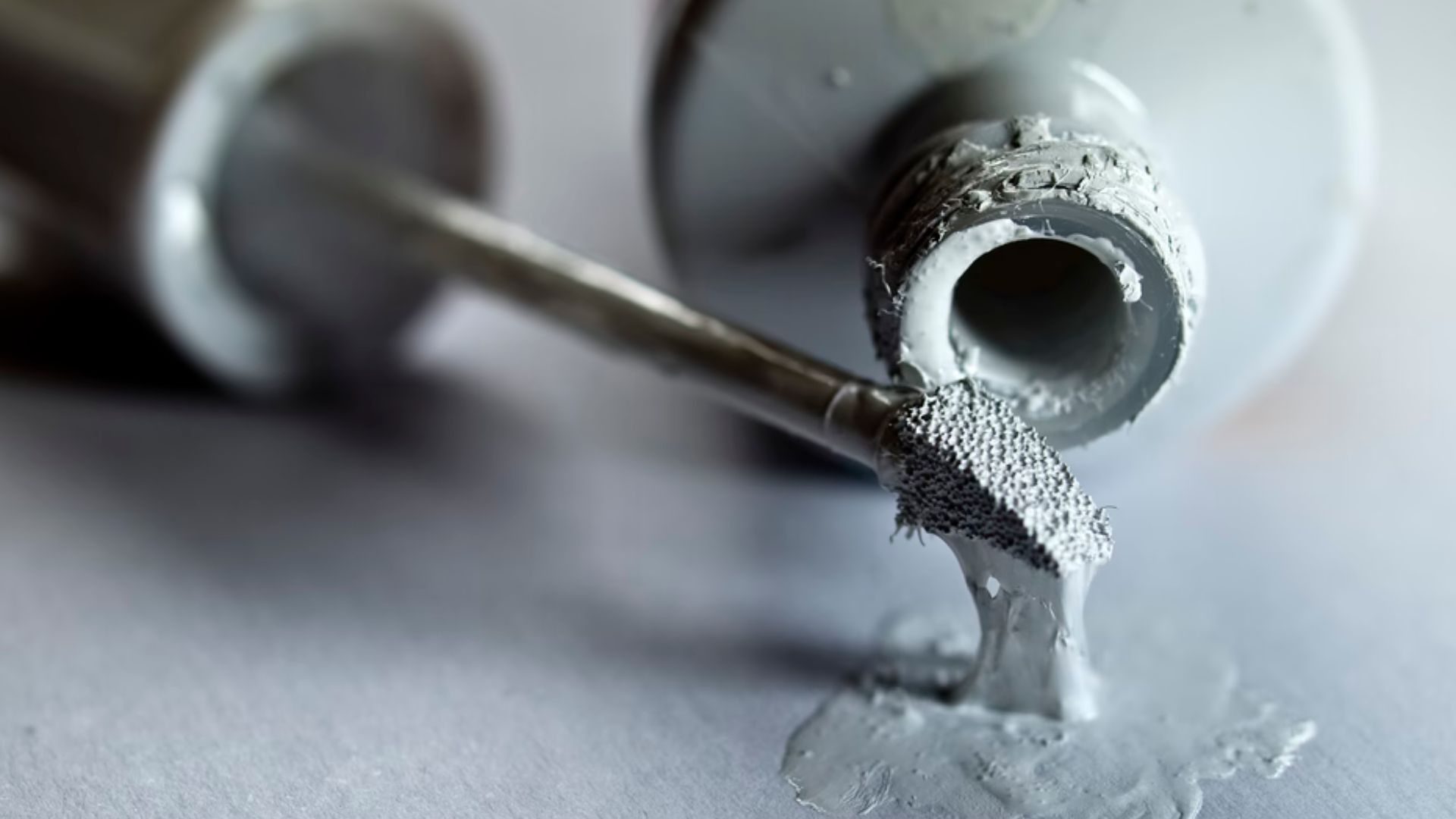
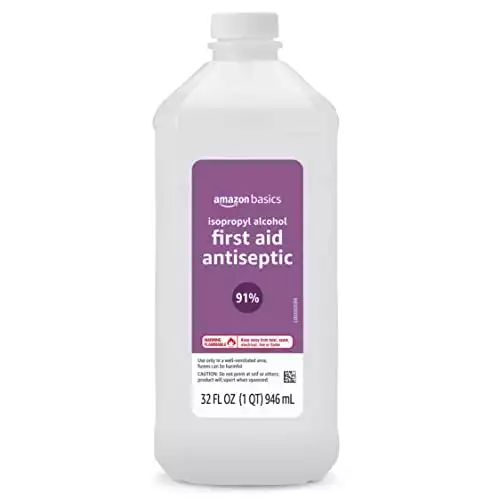
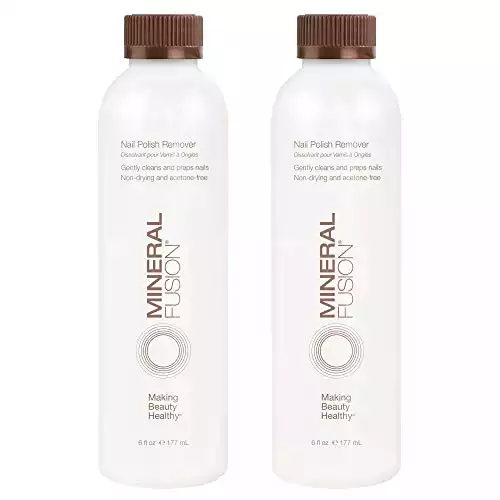
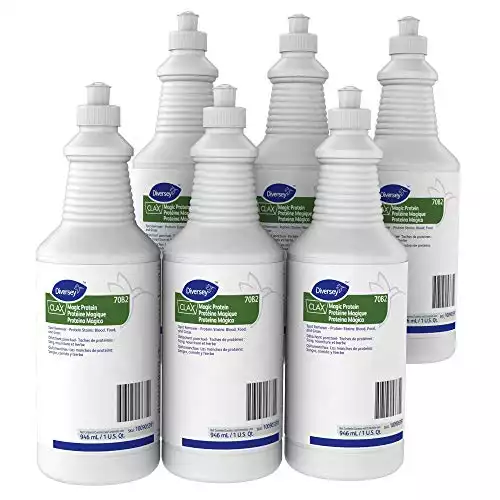
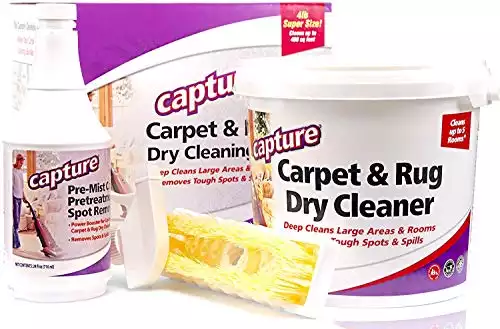
Leave a Reply